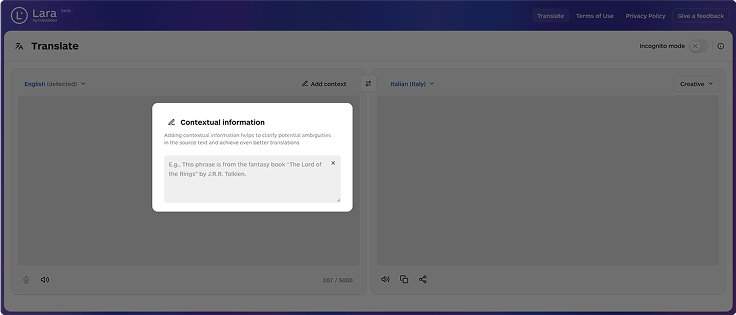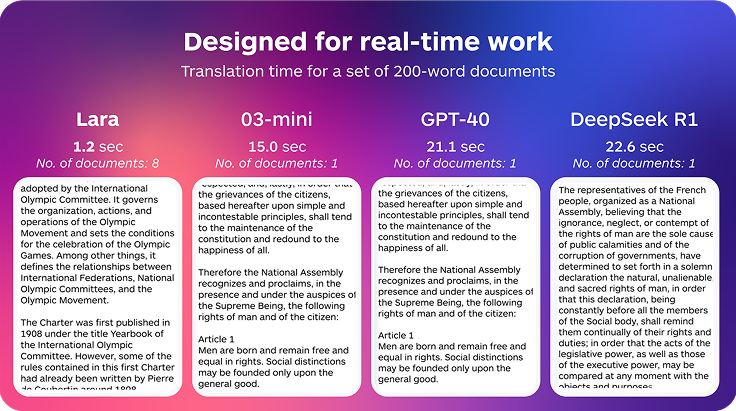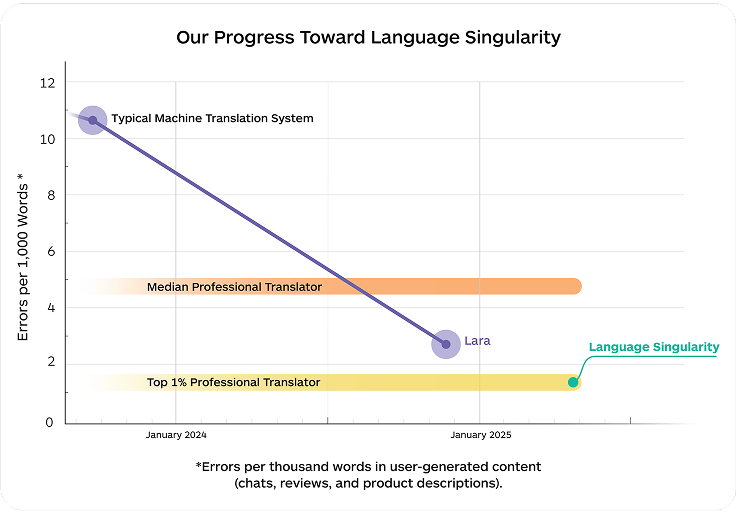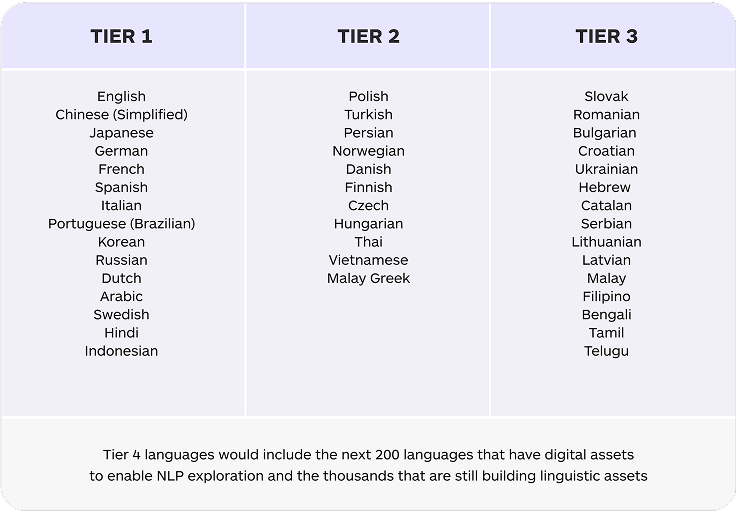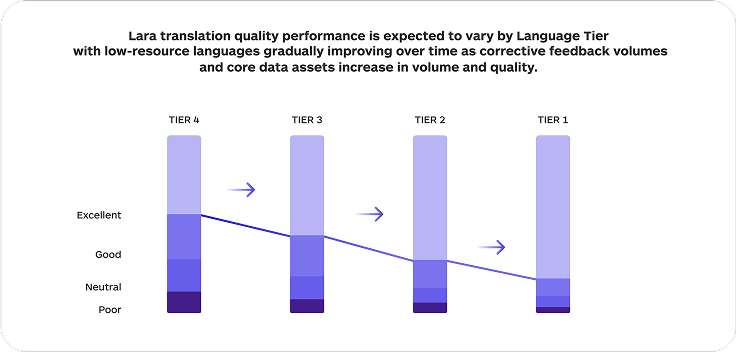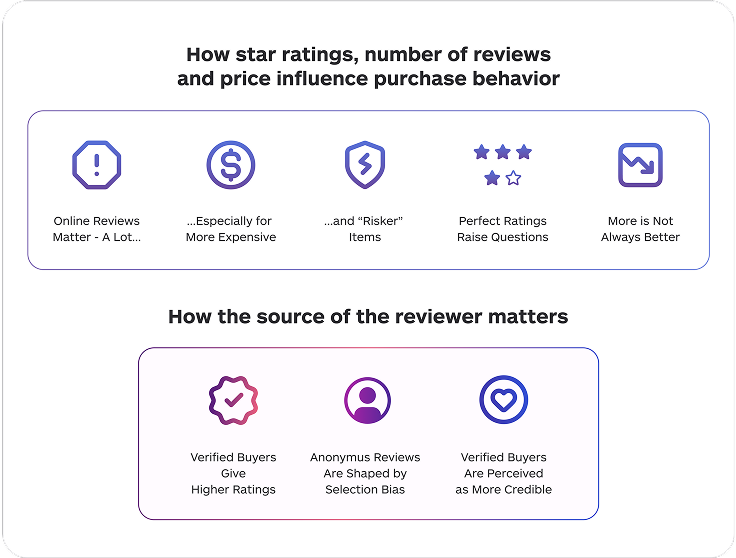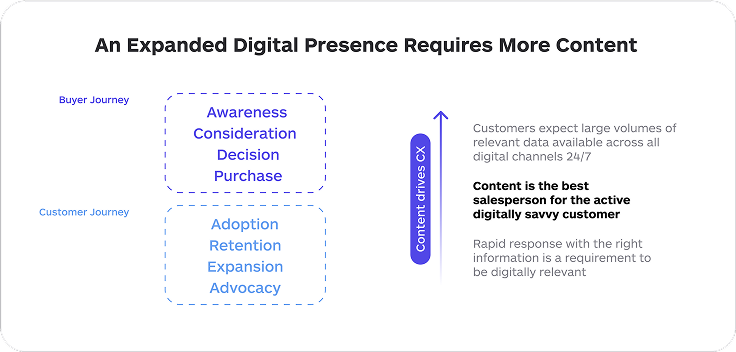Rome – April 10, 2025
For the last twenty years or so, we have all been exposed to many different machine translation solutions, and we know that today, these generic public MT portals are used by hundreds of millions of people daily. However, the large majority of these MT portals provide a very static interaction with MT technology, where a user has little or no control over how the technology responds to unique translation requests. Translated has been a pioneer since the SMT days, in providing MT solutions that could be easily steered by enterprise users interested in delivering multilingual content at scale to an increasingly global customer base. ModernMT, an Adaptive MT pioneer, is a recognized MT quality leader amongst Neural MT (NMT) options available today and is considered among the most adaptive and flexible MT technology solutions, even in 2025.
Lara is an evolution and builds on this proven market-tested long-term MT experience. What distinguishes Lara is its foundation in Translated's long-established philosophy and approach: AI-driven, yet human-optimized technology where specialized data and tightly integrated human feedback work symbiotically to produce continuous learning. Lara produces remarkably more fluent and natural-sounding translations, and importantly, it offers greater control to the translator. We've always seen technology as a tool to assist experts in complex cognitive tasks. Language translation, in particular, has long been one of AI's most formidable challenges. However, the progress we've witnessed in the last five years is truly remarkable—machines can now translate at a level of competency that was once unimaginable. Lara represents a significant advancement in machine translation output quality, bringing us closer than ever to the quality and nuance of professional human translation.



